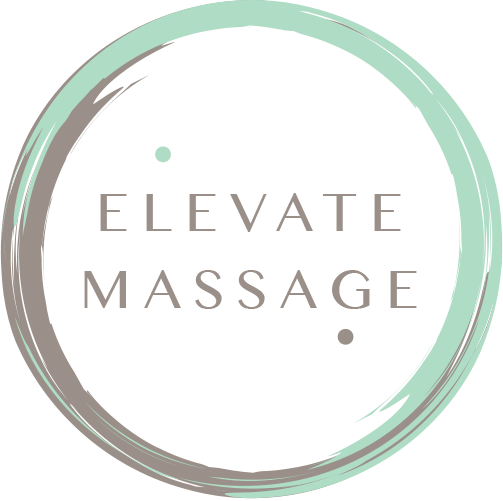Massage as an effective means of healing is deeply rooted in ancient customs and techniques that have existed for thousands of years. Ancient civilizations, particularly those in Asia, understood that the power of touch has the ability to relieve pain, prevent illness, and promote profound relaxation.
India: (3000 BCE)
Ancient seers and natural scientists in India developed a holistic medical system based on centuries of studies, experiments, and meditations known as Ayurveda. The principles were based on the view that people incur illness when they are out of harmony with their environment. By reestablishing harmony with the world around them through the five senses—including touch—people begin to restore their natural mental and physical balance and thus begin to heal naturally. Passed down orally through the generations, Ayurveda soon became widely adopted throughout the whole of India and Southeast Asia.
China: (2700 BCE)
Traditional Chinese massage therapy was based on the combined expertise and methods of traditional Chinese medicine doctors, martial arts practitioners, and Buddhists and Taoists who viewed touch as an essential component of their spiritual yoga training. Massage methods were rooted in the idea that illness and disease stem from a deficiency or imbalance in the energy contained within specific pathways or meridians that represent our psyches. Massage creates a more harmonious energy flow throughout pathways, allowing the body to heal itself naturally.
Japan: (1000 BCE)
Japanese monks studying Buddhism in China began to adopt and customize traditional Chinese medicine and healing methods, including massage therapy. Japanese massage known as Shiatsu consists of a finger pressure technique that utilizes the traditional acupuncture points of oriental healing, concentrating on restoring energy flow and balance in both the physical body and in terms of emotional well-being. Its benefits include stimulating blood circulation and lymphatic flow, providing relief from pain, and strengthening the body’s resistance to disease and disorder while creating feelings of euphoria.
United States: (20th century)
Massage made its American debut in the early part of the 20th century, particularly in helping treat WWI patients suffering from nerve injury and shellshock. It became more widespread during the latter half of the century along with the nation’s rising interest in natural healing methods that focused on disease prevention through maintaining wellness. Industry standards and state regulations in licensing and education began to emerge, solidifying massage as a legitimate and respected form of alternative holistic healing.
While today’s massage therapists incorporate a multitude of theories and techniques founded on ancient practices, they remain inspired by the same centuries-old goal of helping others heal physically and emotionally in order to experience their best quality of life.

